Word Count: 1,107
Average Read Time: 4 minutes 2 seconds
New Year's Resolutions are important and not the wasteland of hope that many personal trainers make them out to be. Those that scoff at people resolving to make health improvements in their lives at any time of year have no place in an industry set up around helping others achieve precisely that.
If you've struggled to stick with resolutions in the past, you're certainly not alone, though.
Enter: The SMART Goal. This approach to goal setting takes your new year's resolution and makes it feel more real and concrete. If you're aiming to "get lean" or "chase gains" next year - having a plan instead of a wish or an honest intention is essential.
What Is A SMART Goal?
SMART is an acronym. It stands for Specific, Measurable, Achievable, Realistic, and Time constrained. It's a way of setting a goal that makes it clear and more likely to be achieved in your given time frame. We'll look at each aspect in this article and explain how you can create that goal for yourself for 2021.
#1. S - Specific Goals
Specific goals are more likely to be achieved than general aspirations. Specific details mean that there's no uncertainty about precisely what result you'd like to achieve. A general goal like "lose weight" could be made more specific by figuring out what weight loss means to you and what is that target weight you'd consider as "mission complete".
Examples:
"I want to lose 12 lbs so that I can fit into my favorite clothes again."
"I want to go down 3 dress sizes."
"My current body fat is above 25%, and I'd like it to go down below 15%. "
#2. M - Measurable Goals
Setting a goal that can be measured will allow you to see the changes as they happen. With weight loss or muscle building, there will be objective measurements that you can use to monitor your performance over time.
Measurable goals come with numbers attached. So whether you want to gain muscle, achieve better body composition, or lose excess weight, figuring out the answer to how much is critical. That number isn't necessarily set in stone but will give you a direction.
Example:
Maybe you don't care about the number on the scale, but you want to fit into your old clothes again, which means you'd need to drop 3 dress sizes. In that case, using a tape measure around your waist, hips, chest, and thighs regularly will give you a great idea of how your progress is going.
Do you want to shred fat?
Become an insider and learn my simple 3-step process for creating a meal plan that will help you finally get the body you've always wanted.
#3. A - Achievable Goals
Goals are achievable when the outcome is realistic, given your specific, current personal situation. Consider your working commitments, your financial obligations, your family demands, how much free time you need to commit to this goal, and the resources you have at your disposal.
It's absolutely fine to set yourself challenging stretch goals. Still, suppose your goal is not achievable for you and your current lifestyle. In that case, you could get demotivated and feel like you aren't making good progress towards your desired results.
Example:
You feel you're skinny, and you'd like to gain 10lbs in lean muscle. Setting yourself the target of doing that by next month is not achievable.
Another example might be that you want to look like a Mat Fraser but you haven't got the time and mental commitment to train every day or prep your food like an athlete at the expense of socializing or having fun with your family. Then that's not an achievable goal for your circumstances.
#4. R - Realistic Targets
Setting a realistic goal means that you permit yourself to start small. This way, you can give yourself scope to respect that this might be all you're capable of right now, with all the other commitments you have going on. Seeing your achievements as existing despite the challenges you've faced can allow you to feel more joy when you reach those smaller milestones.
As your other commitments feel more effortless, you can increase your goal's intensity and redefine your journey's milestones through planning.
Example:
Your ultimate goal is to enroll in a bodybuilding competition once in your lifetime. You may not have the mental toughness or available free time to go cold turkey and eat, train, and live like a bodybuilder. You can still start by setting yourself a realistic weight loss or body composition goal first, like losing 10lbs of body fat.
#5. T - Time Constrained Goals
Setting yourself both an endpoint for the goal and closer, smaller milestones for review can help keep you stay focused and create a sense of motivation to work hard at the moment.
Example:
If your only goal is to lose 20 lbs for your wedding, which is about twelve months away, you might not feel the pressure the deadline is creating just yet. If you don't want to feel panicked 3 months before the event, you better start planning how you'll get there.
You can set yourself mini goals between now and that endpoint to create a sense of achievement and give you a purpose and focus in the time leading up to a big event. This could look something like losing 10 lbs by the time you go on holiday in 3 months, another 10 lbs by the dress fitting 6 months before the big day, and a final 5 lbs by the wedding.
Takeaway
When you make a new year's resolution, you might jump straight into working hard for it on the first week of January only to get tired and annoyed by February. Setting a SMART goal gives you the control to understand what you want to achieve, see what you need to do to get there, and create milestones for tracking your progress.
It's recommended that rather than focusing your efforts on an "output" focused goal (such as losing a specific amount of weight), you have a clear and particular plan around the "input" based behaviors too.
These are the things which you can control. In a weight-loss context, this could be something like tracking calories every day, shopping for fresh and healthy foods once a week, and deciding a meal plan a week in advance. This way, you'll preserve a sense of control over the behaviors.
If you think that might not be easy for you to identify and map out, hiring a fitness expert who lives and breathes SMART goals might be a good idea. Working alongside a professional coach can help you set SMART goals and achieve them by receiving support and accountability when things get confusing or complicated.
Thank you so much for reading! If you found this information helpful and want to help the Treadaway Training blogcast grow, simply share this post with a friend. If you like what I have to say, join the Skinny-to-Jacked Society Facebook group or check out my YouTube channel. I will be back here Saturday with another body transformation topic. As always, God bless you AND your family and I'll see you Saturday.








